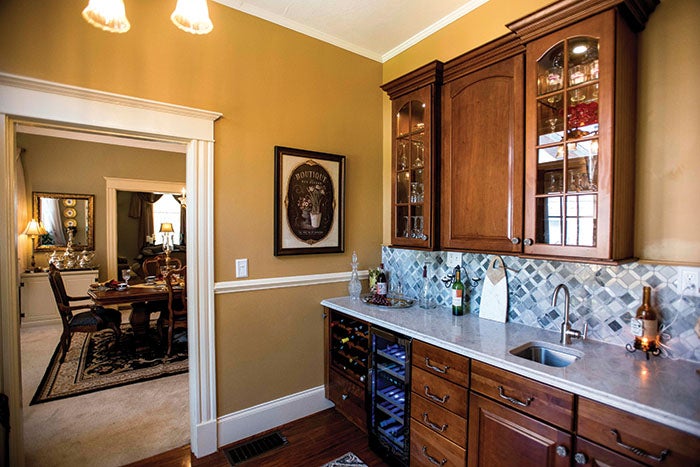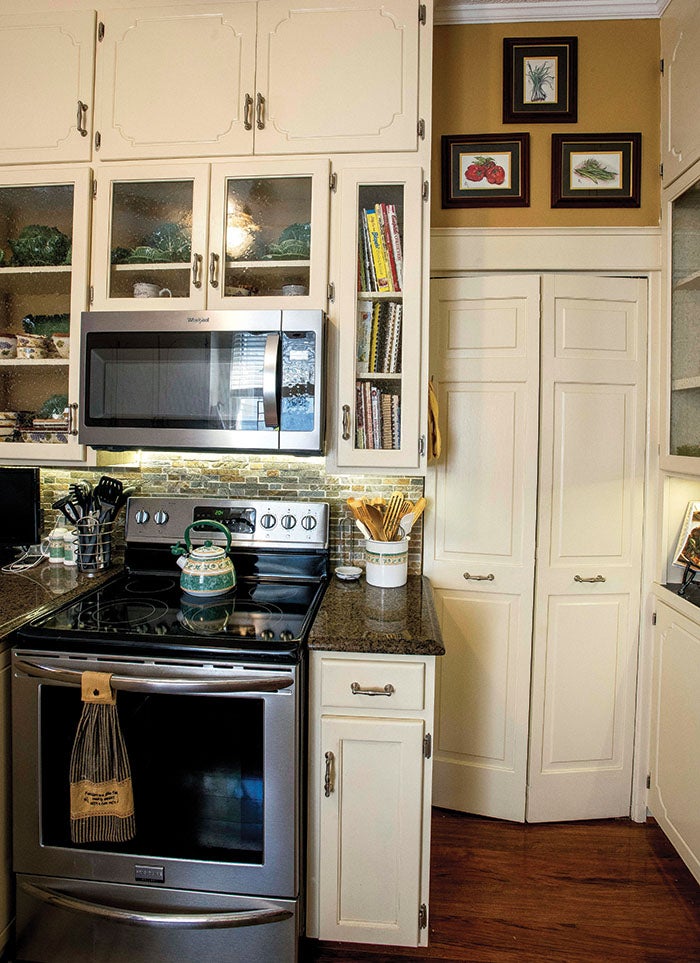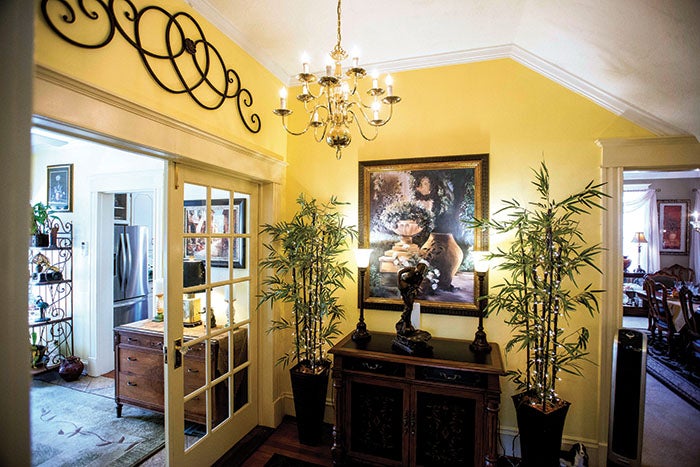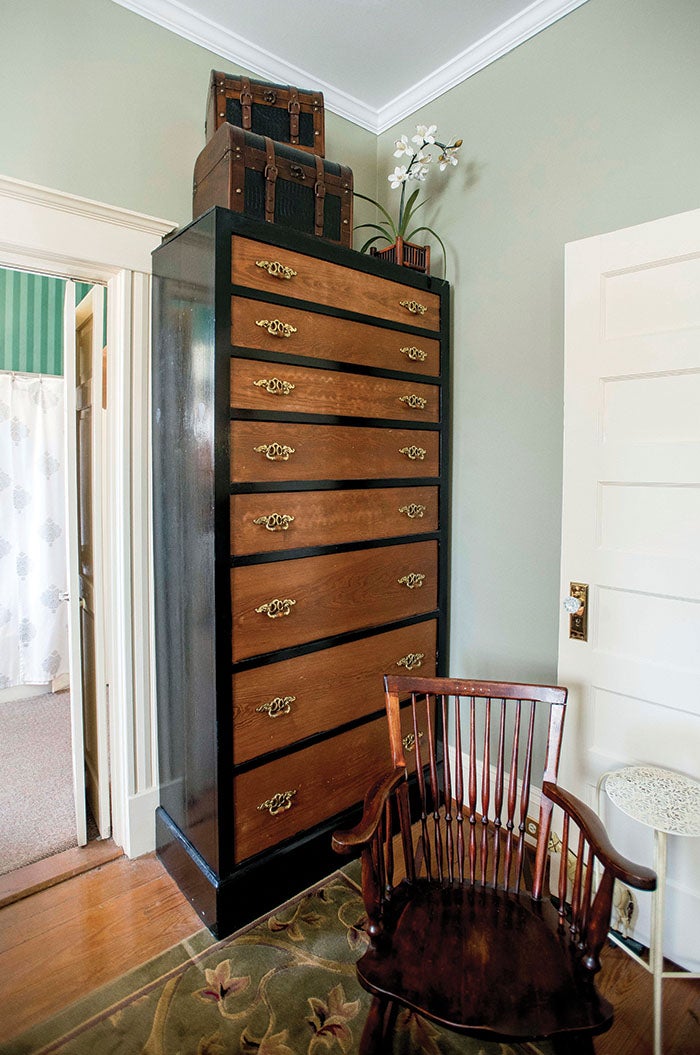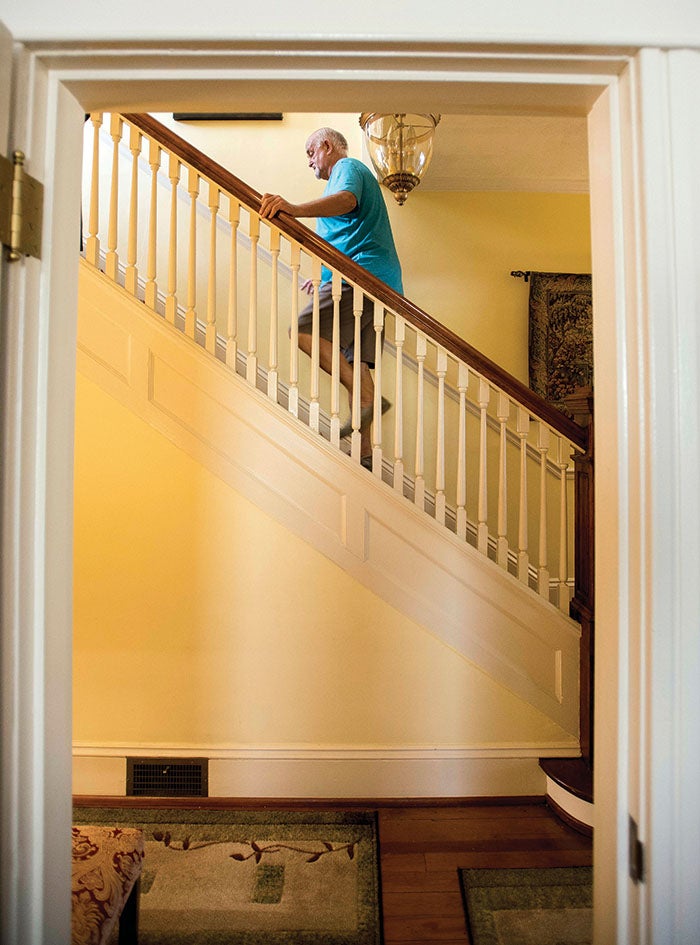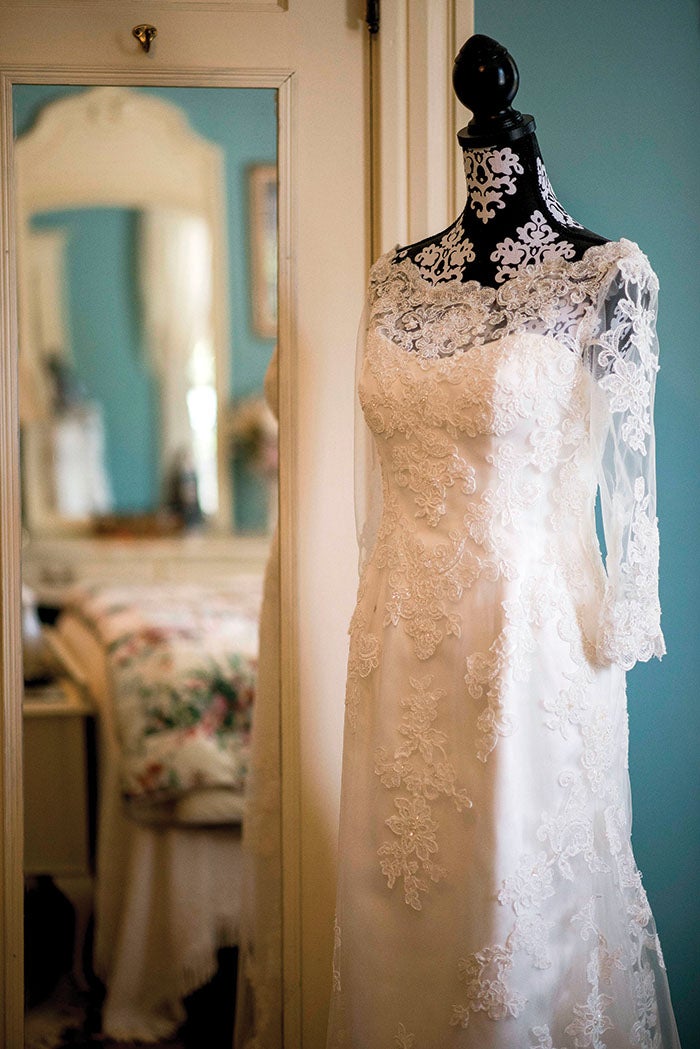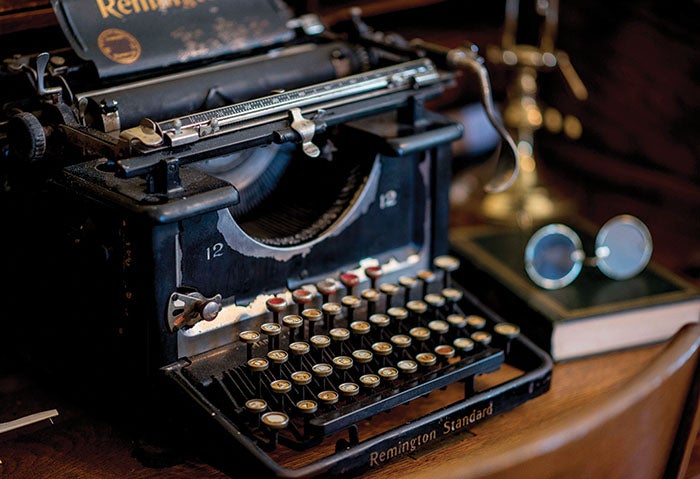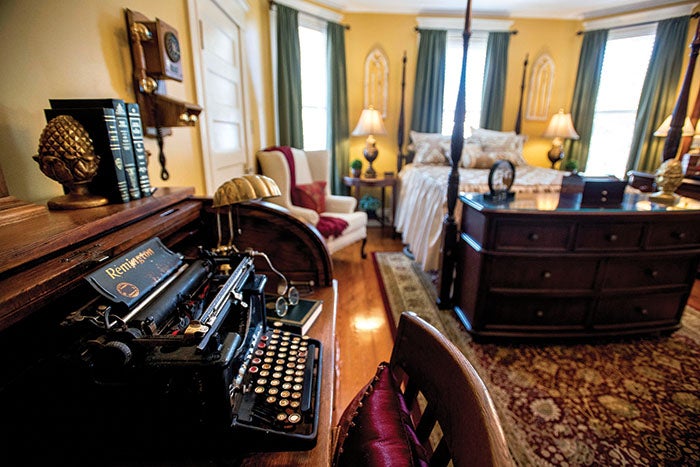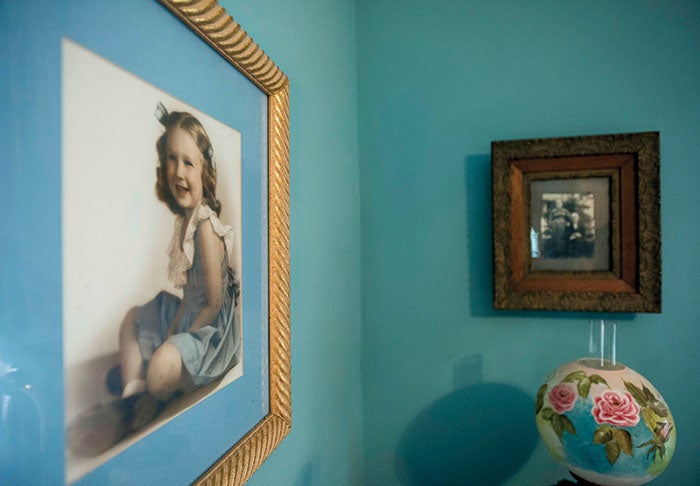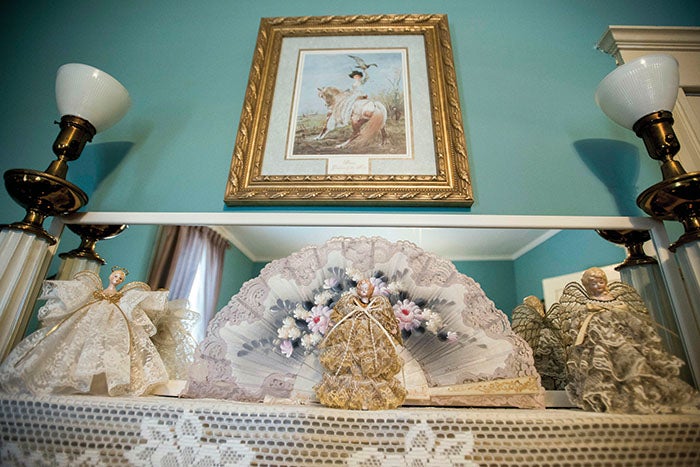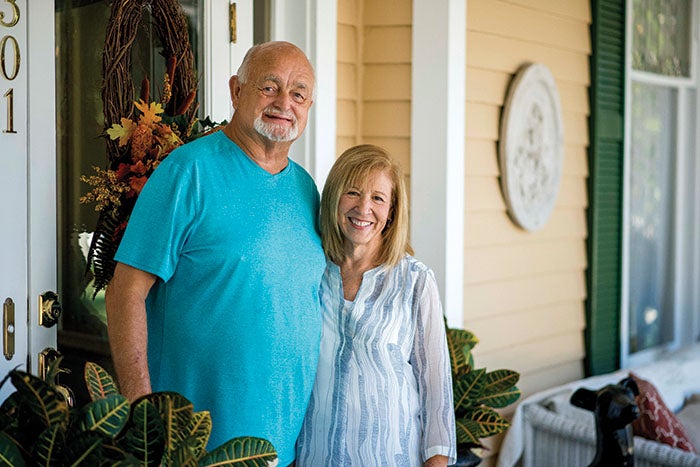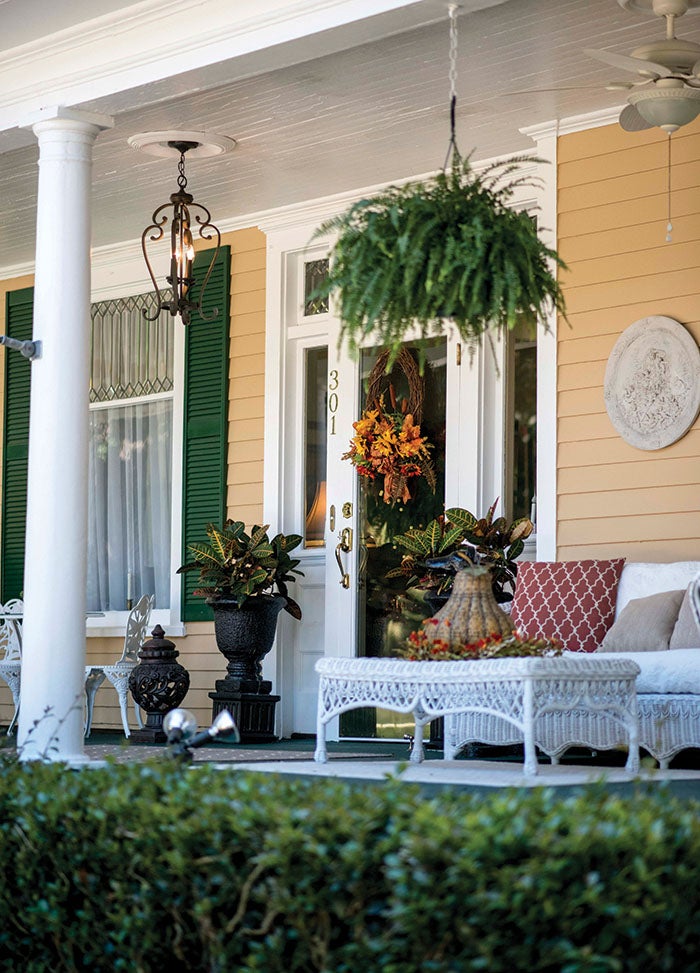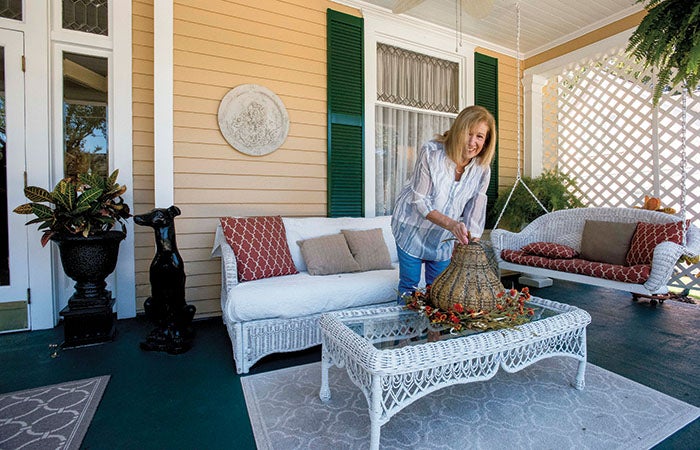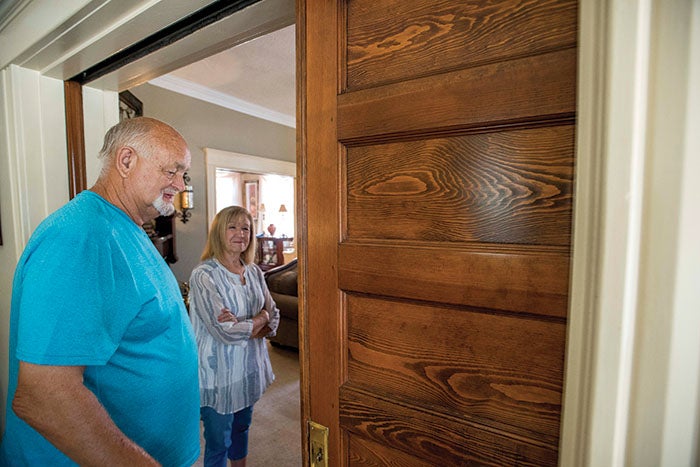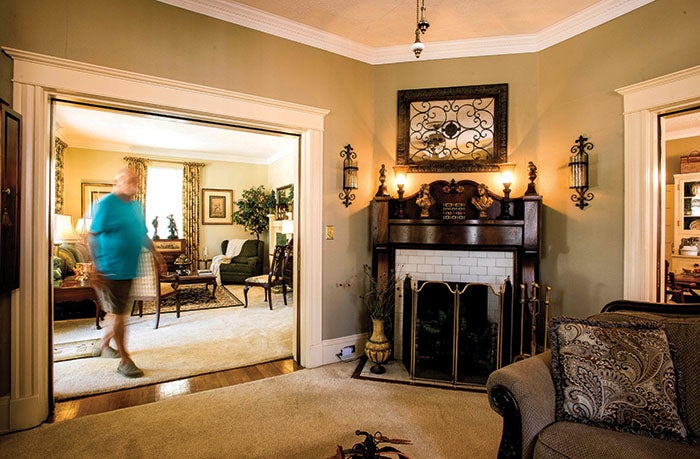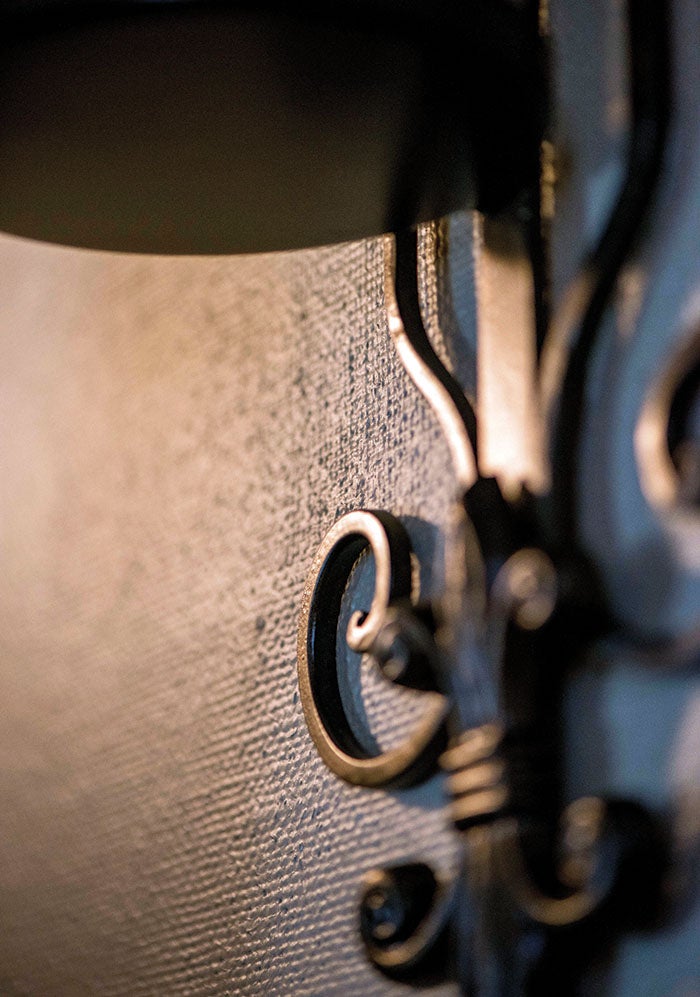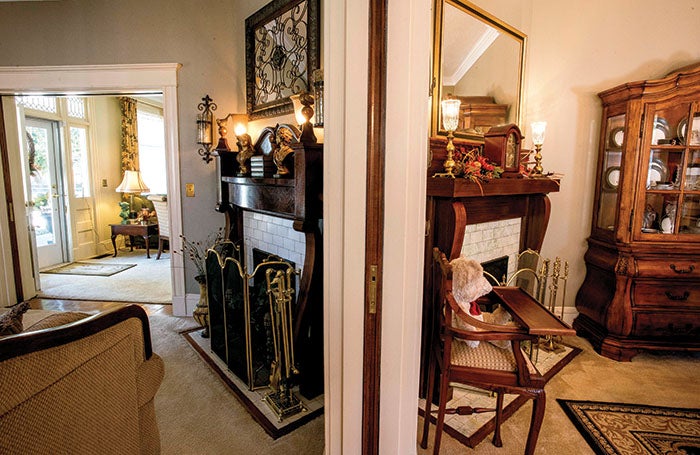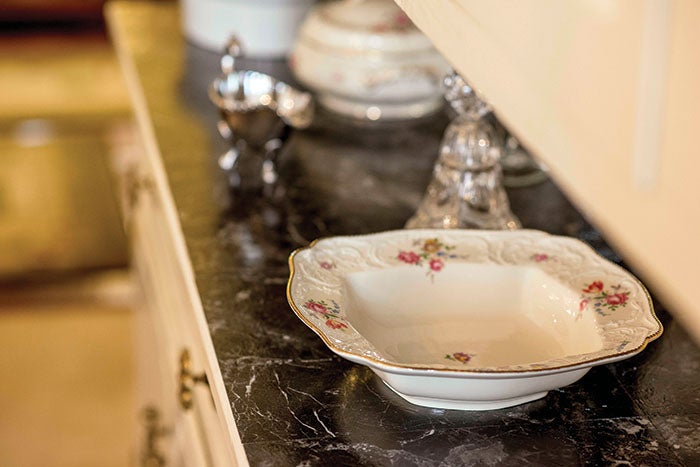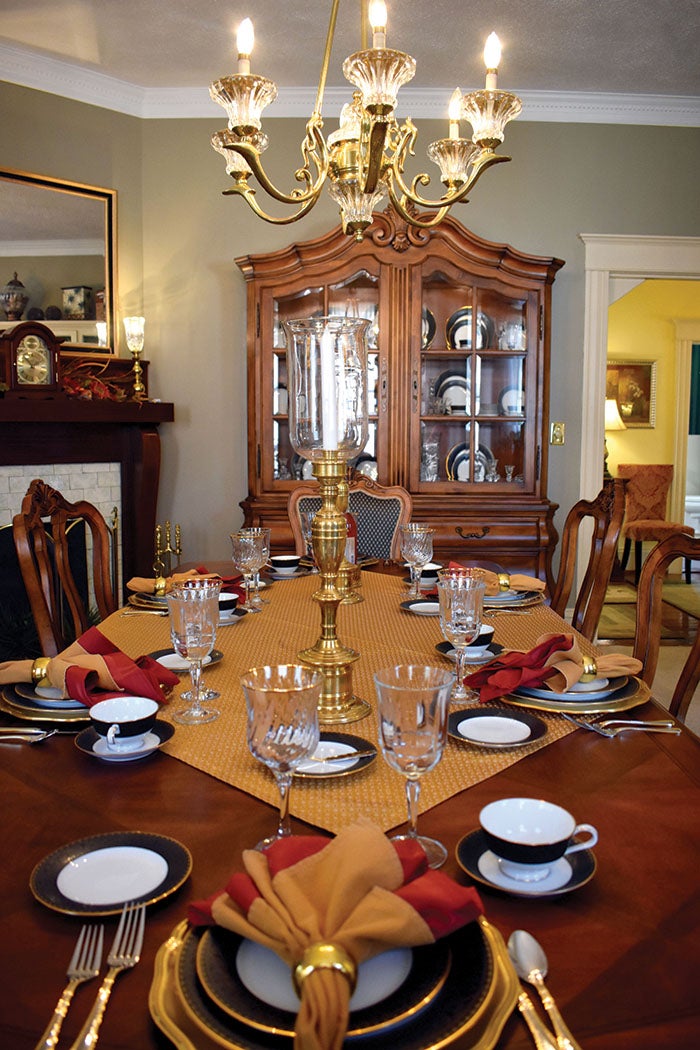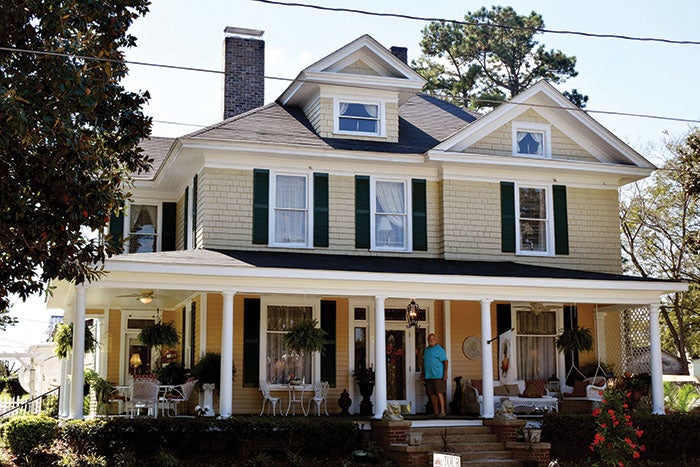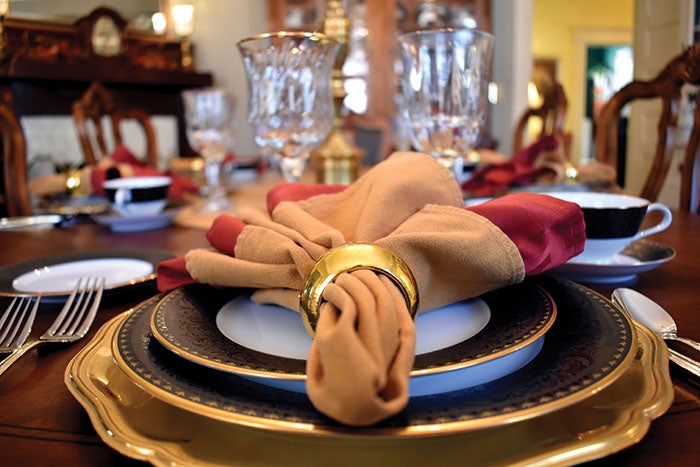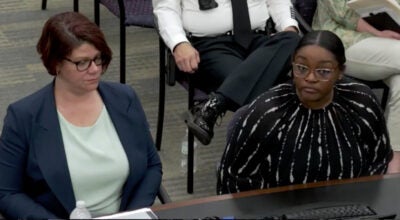October Tour: ‘Elegant Southern home’ to be belle of the ball
Published 12:00 am Sunday, October 7, 2018
By Elizabeth Cook
elizabeth.cook@salisburypost.com
SALISBURY — Occasionally, strangers ring Tommy and Judy Stoner’s doorbell and ask to have a look inside.
More often, drivers slow down as they pass by the house to get a better look.
With white trim, green shutters and a wraparound porch, the big, yellow house at the corner of Fourth Street and South Rowan Avenue stands out. Its well-kept exterior says this is a house with character — and caring owners.
“I think the thing that sticks with me so much is, we were sitting out on the porch one evening and this car comes down the road and slows up real slow in front of the house, stopped and backed up,” Judy says. The driver spoke to them.
“And he says, ‘I take it since you’re sitting on that porch, you guys are the owners of this house, but I just want to tell you that this is the true epitome of an elegant Southern home.’
“I thought that was one of the nicest compliments.”
Tommy chimes in. “You know that makes you feel good.”
That driver and others can see more this coming Saturday and Sunday, Oct. 13 and 14, when the Stoners’ house will be one of 11 sites on Historic Salisbury Foundation’s 43rd October Tour. The foundation is focusing much of its annual home tour on Spencer this year, and the J.K. Dorsett House, as the Stoners’ home is listed, will be the belle of the ball.
The 5,000-square-foot house sits right across the street from Spencer Library Park, which will be the site this year for the food and entertainment October Tour usually offers on Salisbury’s West Bank Street. Ticket holders and the general public will be able to enjoy lunch, craft beer and wine, as well as live musicians at the park’s gazebo.
Judy says the Spencer focus is justified. “Spencer has a lot to offer. There are a lot of beautiful homes here.”
Still, she was surprised and excited when she and Tommy were asked to be part of the tour.
“As many years as I’ve been visiting the homes that have been on the October Tour, I never in my wildest dreams ever thought that I would be putting my home on the tour,” Judy says.
Fate has taken several twists for the Stoners, who were both widowed when, several years ago, they were at a local steakhouse at the same time. A lifelong friend from church asked Tommy if he’d like to meet a real nice lady. “I said I sure would.”
Judy and her sister and parents left the restaurant before introductions could be made, but the friend gave Tommy Judy’s phone number.
He says he called and said, “Someone told me you’re a nice lady. I didn’t think there were any left.”
He’s kidding, he says. Judy joins in. “That’s one you don’t hear in the bars too often,” she says.
They were married six and a half years ago in the Library Park gazebo.
The house that Tommy and first wife Tonya started transforming back in the 1990s has continued to be an ongoing project for him and Judy. Since agreeing to be on October Tour, they’ve been in overdrive — turning the breakfast room into a wet bar area, painting, updating and just generally getting ready to let hundreds of people see their home.
Tour-goers may learn some Spencer history along the way.
The Stoners’ two-story, Queen Ann-style house was built around 1910 or earlier for J.K. Dorsett, a Chatham County native who relocated in 1903 to open the town’s first bank, the Bank of Spencer. Southern Railway had opened its new repair facility, Spencer Shops, in 1896, and money was flowing in the new town.
Dr. T.W. Seay moved his family to the house at one point, and his son, former Superior Court Judge Thomas Seay Jr., has shared stories with the Stoners about living in the house as a child.
Dr. Wesley C. Slate’s family was in the house the longest — three generations — until Tommy bought it from Slate’s granddaughter, Judy Slate Patton, in 1993.
“It was in pretty good shape,” Tommy says. The house is well-made and sturdy. But Patton and her mother, Julia Slate, had not done major upgrades in years.
The Stoners set about restoring the home, room by room, doing most of the work themselves.
“We took probably five, six layers of wallpaper off of every wall in the house, and they were painted in between,” Tommy says.
Did he put up any wallpaper in its place? “Oh, Lord have mercy, no.”
Stripping off nearly a century’s worth of paint was a challenge too. On the exterior, Tommy learned a technique to remove old paint with a torch without setting the house on fire. Inside, a heat gun helped get the banister and countless other architectural details down to the original wood. Other pieces, such as the pocket doors he dug out of their caulked-up tombs, were dipped and then scraped.
In the house’s early years, Judy says, the doors in the middle of the double parlor would be pulled shut when men retired to one side for cigars and conversation, and women gathered in the other side to chat.
But the doors were out of sight for many years. Tommy knew they were tucked away on either side of the men’s parlor. Once he removed the carpet, took out the caulking, pulled out the doors and got the paint off — “I bet there were 40 layers of paint” — he found they were solid oak. The doors had their original brass pulls and lock; in fact, the key was — and is — still in the lock.
Tommy cleaned and greased the tracks, and the doors close smoothly.
The walls of the men’s parlor are covered with burlap that has been painted countless times through the years. Tommy says it took 11 gallons of paint to cover the absorbent material, a popular wall covering in the early 20th century.
The house has all eight of its original fireplaces, including a mahogany mantel with unusual carving in the men’s parlor. A microburst that came through town and knocked down the chimneys several years ago created unexpected opportunity. The Stoners replaced the deteriorated chimney liner, built new chimneys and paved a patio with the old brick.
The intricately leaded and beveled transoms atop the front windows have been there from the beginning. The windows are bigger than they may look at first, thanks to the 12-foot ceilings on the first floor. Judy had to adjust to the size and scale of the rooms. Some pieces of furniture looked too small when she tried them, and drapes could not just be picked up from the store.
Tommy took extra care restoring the windows.
“Every window in this house, I’ve had out,” he says. “I burned all the paint off. I put all new ropes in it, made sure I had the right kind of weights in it and everything and put ’em back in. And they work.”
A large hutch in the dining room actually started out as a built-in in the butler’s pantry. Everyone says the hutch looks too long to have come from the smaller room, Tommy says, but all 90 inches did indeed fit.
The pantry was turned into a breakfast room. Recently it was repurposed again, this time as a wet bar with a quartz countertop and a backsplash of geometric-patterned marble. French doors lead to the patio.
The kitchen required the most work, Tommy says. It was a windowless dark room with outdated fixtures. Now it has two windows, granite countertops and stainless steel appliances. The Stoners kept much of the original cabinetry and put glass fronts in some of the doors.
The five bedrooms include two masters — a summer bedroom downstairs, where cool air came in from the wraparound porch, and a winter bedroom upstairs, with heat rising from the fireplace below through a 2-foot-square grate.
The house has two large bathrooms.
A screened porch in back of the house was closed in to create more heated space. The central hallway once had only a narrow doorway to the area, “until the chain saw came out,” Judy says.
A room on the back of the house that had a separate entrance may have been the doctor’s office. It’s now a spacious laundry room.
In addition to seeing the house itself, OctoberTour visitors will come across family keepsakes and historic pieces such as the Rosenthal china Judy’s father brought her mother from East Germany and a silver service she inherited from her great-aunt. An upstairs bedroom has old family photos, her mother’s sewing machine, her grandmother’s oak dresser and the prayer book that belonged to Judy’s great-great-grandfather, the Rev. Richard L. Brown.
An old Remington typewriter that was Dr. Slate’s, a gift from Judy Slate Patton, sits on an upstairs desk. Watches and shaving items that belonged to Tommy’s dad are in a shadow box.
The Stoners say they’ve thought about using the house as a bed and breakfast. They’re retired, he as manager at Sam’s Car Wash and she as student data manager at East Rowan High School.
They have the time and the space for a B&B — and the market, they suspect. Last year more than 143,000 people flocked to the former Spencer Shops, now the N.C. Transportation Museum. Special family events such as Thomas the Tank Engine and The Polar Express attract especially big crowds.
The Stoners say they came close to converting a closet into a bathroom as step one of the B&B conversion but decided to hold off for now to be able to travel in their camper whenever they want, preferably to the beach.
Judy says friends ask if the house isn’t too much space for just the two of them — and their shih tzu, Callie.
“We use the space,” she says. “Last year at Christmas we had every bedroom full.”
And they like what they see going on around them. Spencer may be turning the corner from the slump it fell into after Southern closed the Spencer Shops in the 1970s.
Judy says other houses on the block were vacant when she and Tommy got married. Since then, people have bought and revitalized the houses.
“I’ve seen it all over Spencer,” she says. “A lot of good things are happening here right now.”


